“The Frustrations of Your Fitness Journey (and What to Do About Them)”
The Frustrations of Your Fitness Journey
Let’s be real: the fitness journey isn’t always inspirational Instagram posts and new personal records. Sometimes it’s a grind. Sometimes it’s confusing. And sometimes, it’s downright frustrating.
Here are some common frustrations people run into—and how to push through them:
1. “I’m doing everything right, but nothing’s changing.”
You’re eating clean, hitting workouts consistently, and still… the scale doesn’t budge. Your clothes fit the same. It’s easy to wonder, “What’s the point?”
What to do:
First, zoom out. Results don’t always show up in the first few weeks (or even months), and the body often changes in ways the scale can’t measure—like muscle gain or improved energy. Track other metrics like strength, sleep, mood, or how your clothes fit. Also, don’t be afraid to reassess your plan: Are you really eating in a way that supports your goals? Is your training aligned with your lifestyle and body?
2. Boredom and burnout
When you start out, everything feels exciting. New movements, new routines, the promise of transformation. But after a while, the repetition sets in. The gym feels like a chore.
What to do:
Switch it up. Try a new program, train at a different time, add a new challenge (like a race or event), or find a training partner. Fitness should be something you look forward to—don’t be afraid to make it fun again.(trainers/coaches are great for this as they should be introducing you to new exercises to keep you engaged and progressing)
3. Comparing yourself to others
You scroll through social media and see someone who lost 30 pounds in 3 months or deadlifts twice their bodyweight, and suddenly your progress feels small.
What to do:
Remember: you’re seeing someone’s highlight reel, not the full picture. Everyone’s body, background, and lifestyle is different. Focus on your own lane. Your progress might be slower—but that doesn’t make it any less real or impressive.
4. Setbacks and plateaus
You get sick. Life gets busy. You fall off track. Or worse—you’re consistent, but the progress stalls.
What to do:
Setbacks aren’t failure—they’re part of the process. The key is getting back on track without guilt. Plateaus, on the other hand, are a sign it’s time to tweak something: more intensity, more recovery, better nutrition. Plateaus mean you’re progressing—they show up when you’re no longer a beginner.
5. Mental fatigue and self-doubt
Some days, the hardest part is just believing that it’s going to work. The process can feel slow and uncertain, and your inner critic gets loud.
What to do:
This is where mindset matters most. Set small, winnable goals each week. Focus on the process, not perfection. And surround yourself with people or environments that support your growth. You’re not alone—and you’re not crazy for struggling. It’s hard because it matters.
Final Thought:
Frustration doesn’t mean failure. It means you care. It means you’re pushing boundaries and doing something worth the effort.
So take a breath. Step back. Adjust if needed. And keep going.
Your future self will thank you.





